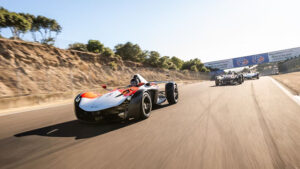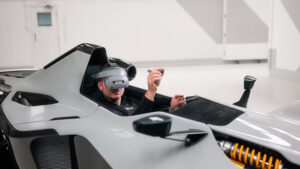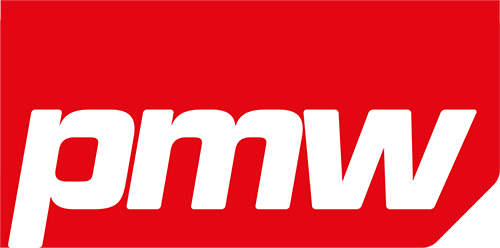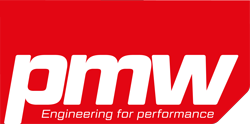Siemens Digital Industries Software has announced that Briggs Automotive Company (BAC) will use the Siemens Xcelerator software portfolio to develop the next-generation Mono, its single-seater, road-legal race car.
Developed to be equally at home on the road as it is on the track, the 570kg Mono supercar is powered by a naturally aspirated 2.5L powertrain which develops 311bhp and 313Nm of torque, which translates to a power-to-weight ratio of 546 hp-per-metric ton.

With optimal weight distribution and a lightweight structure featuring BAC’s graphene-infused carbon panels, the Mono accelerates to 60mph in 2.7 seconds. However, the team aims to significantly improve this number in the next generation vehicle.
To push the limits of high-performance automotive design, BAC’s senior management and design team reevaluated their core development technologies and chose Siemens’ NX X from the Designcenter suite for the next-generation Mono’s engineering.
“Anything that helps us be ahead of the game and be ahead of anybody else. The reason we chose Siemens’ Designcenter software to develop the next generation of Mono is because it’s the best – and it gives us the tools we need to take our vision to the next level,” said Ian Briggs, design director and co-founder.
“Our vision was to create a car that simply didn’t exist. The fundamental principle of a sports car is choosing excitement over utility, and we took that to the nth degree. Mono is that philosophy made real—a vehicle without compromise, built to prove that being ahead of the game means refusing to compromise on the driving experience.”
The challenge of homologation
BAC’s move to Designcenter is intended to address the challenge of serving a global customer base and certifying that a vehicle complies with the regulatory and safety standards set in a particular region or country.
Briggs explained, “A key challenge for us is homologating the car for the global market. Understanding the specific positional requirements for everything from headlights to driver sight lines is a complex minefield. The great advantage of Designcenter is that it allows us to build that entire regulatory framework directly into our 3D CAD model, giving us new levels of confidence and a greater speed of development.”

Immersive design
BAC is also exploring ways to enhance the customer buying and customization experience with Siemens’ immersive engineering technology, enabling customers to use immersive XR technology to experience their bespoke vehicles, based on real-world 3D CAD data, presented in high-fidelity realism.
Elliott Marshall, production manager, BAC, said, “The thing that makes BAC truly unique is the bespoke elements. Siemens’ Immersive Engineering technology allows us to present to the customer exactly what they’re ordering. Being able to sit in their seat fitting jig and see all of the personal customizations they want around them, interact with them as if they’re already implemented, is going to get the fire burning within them.”


